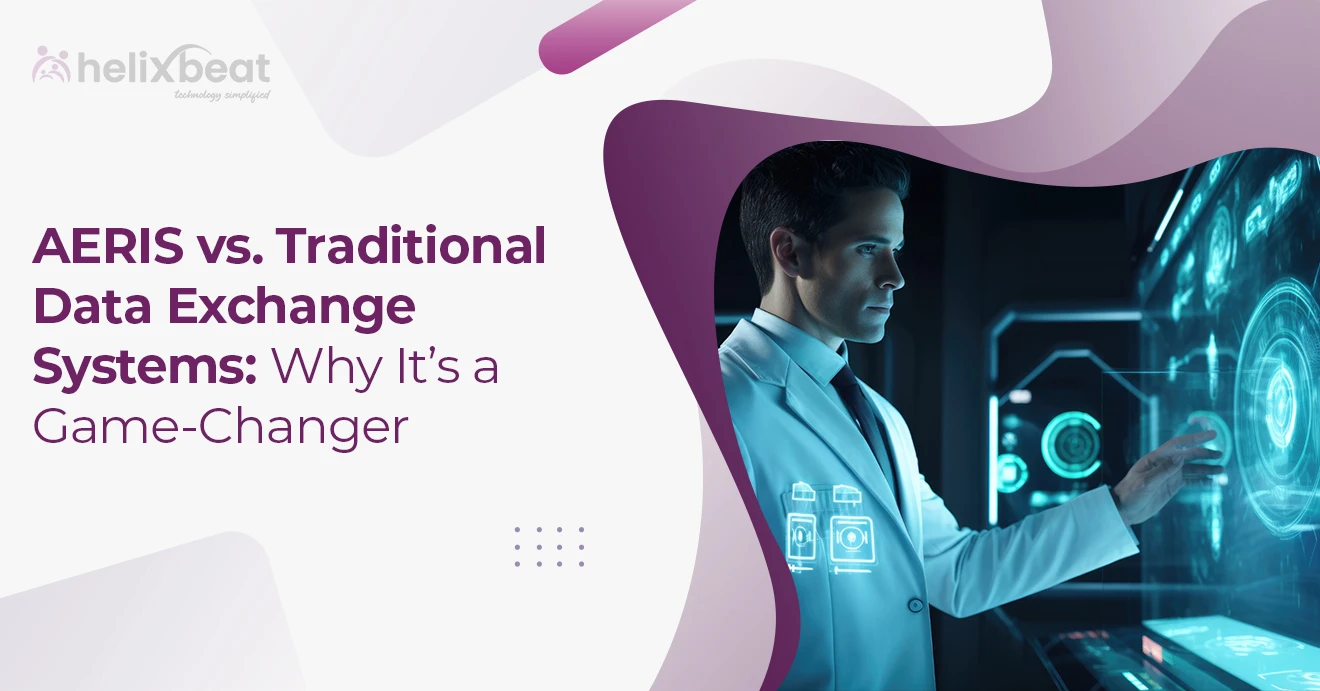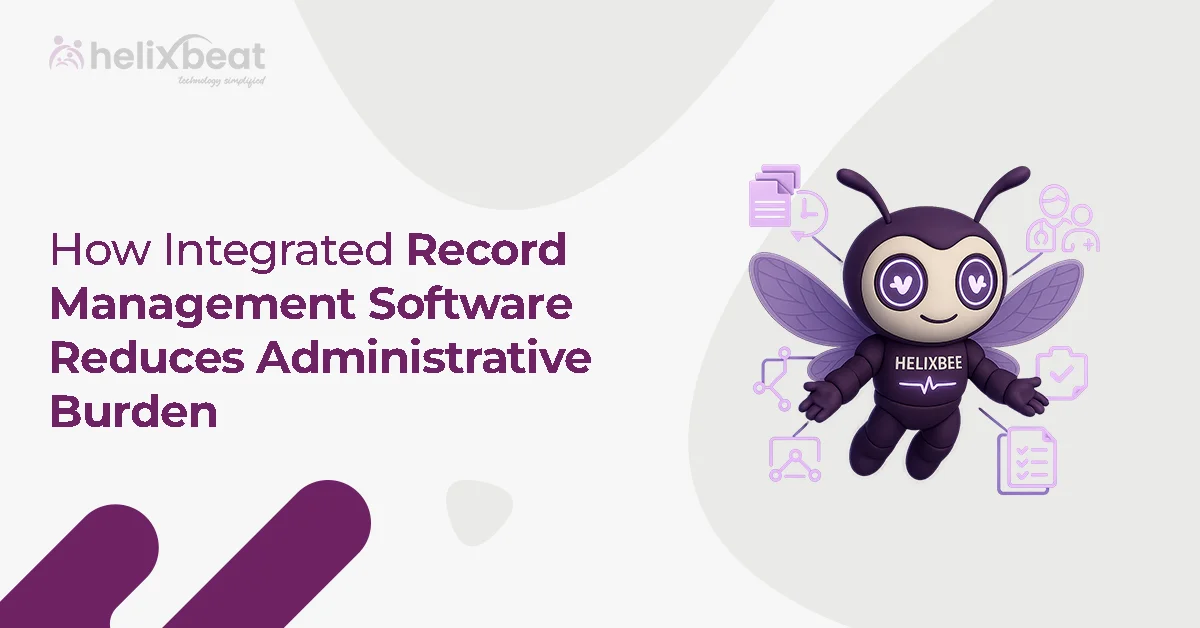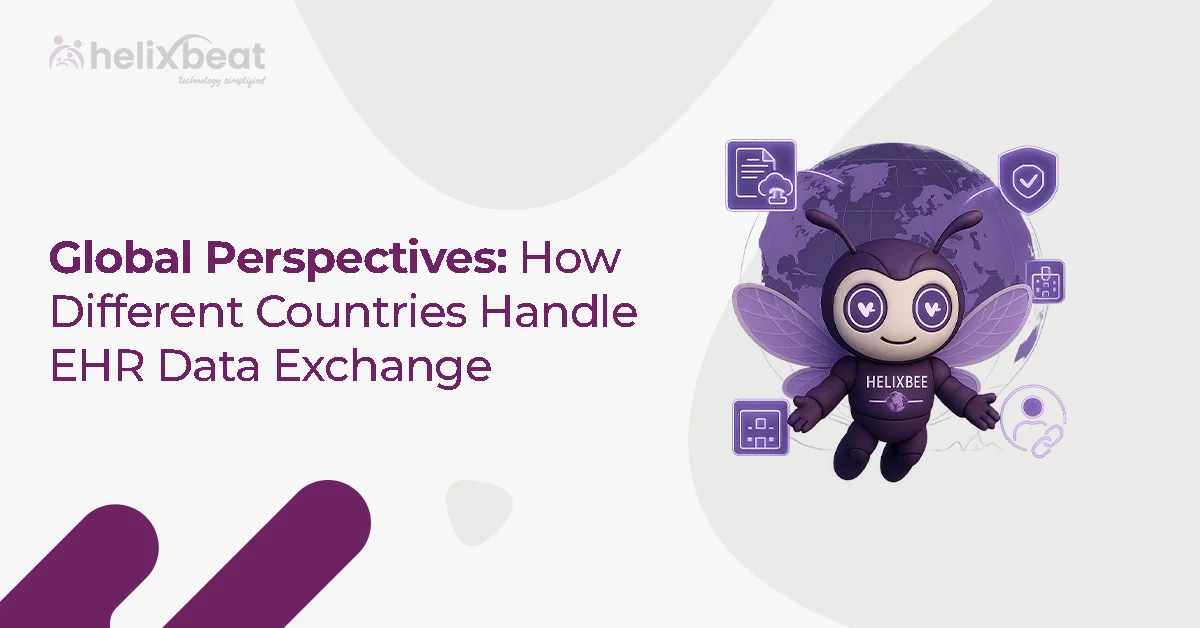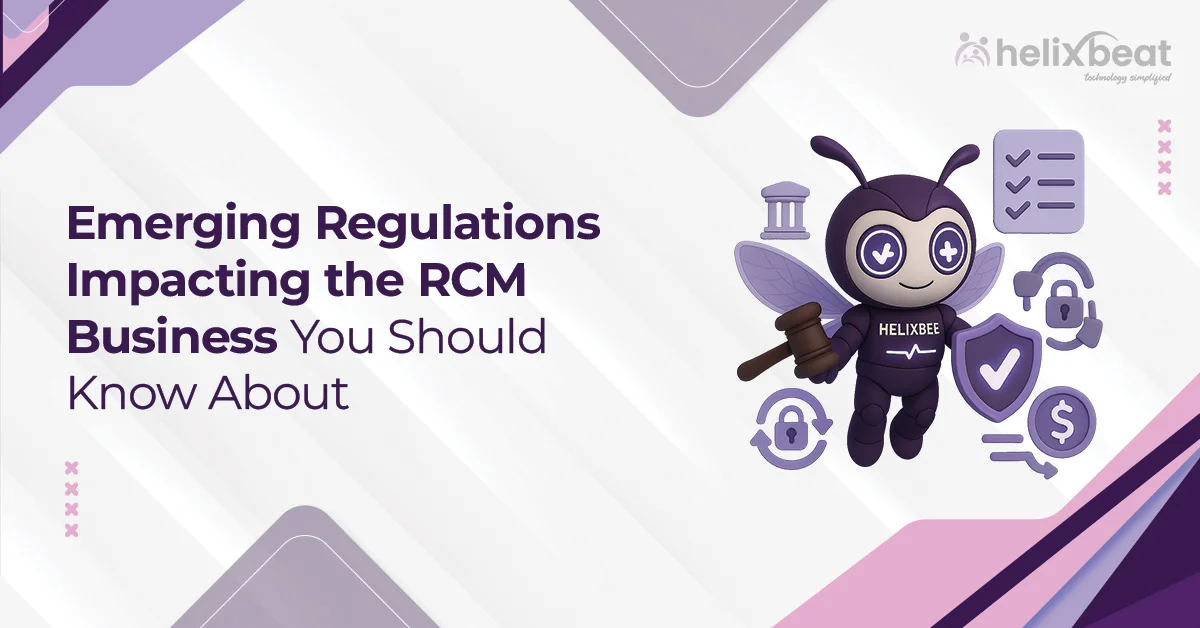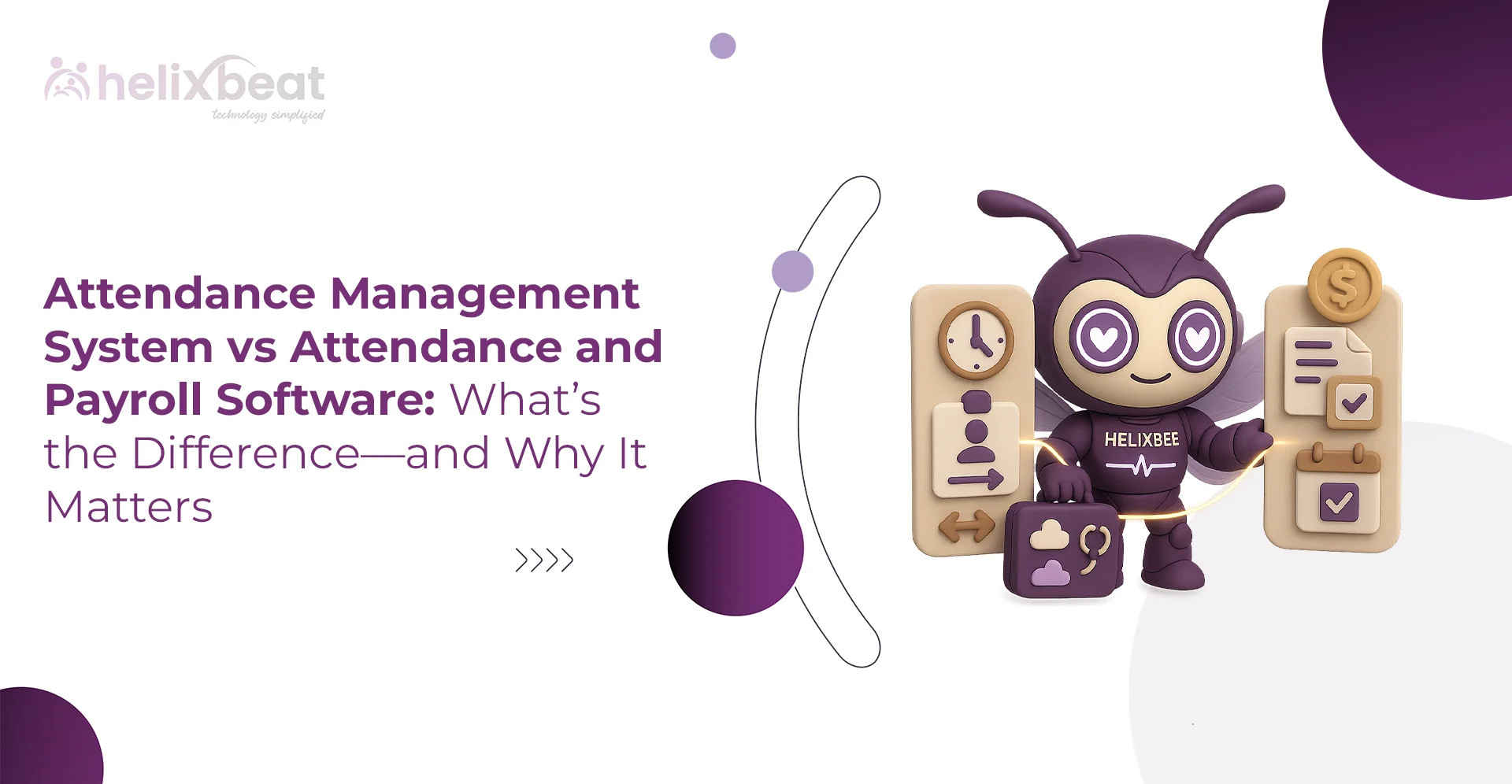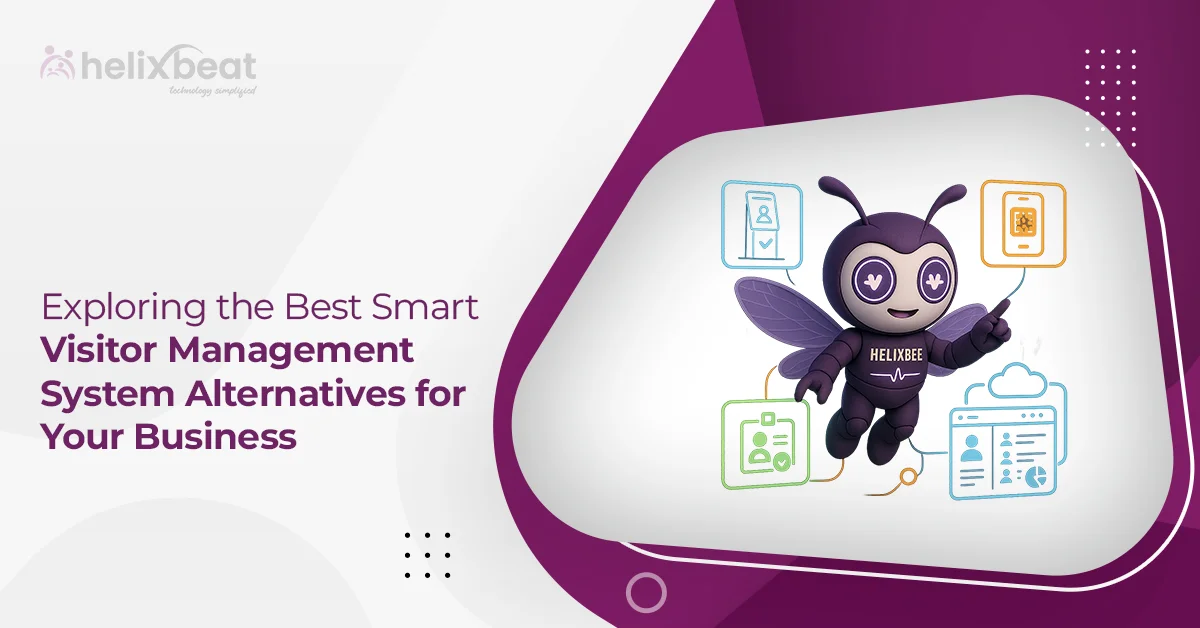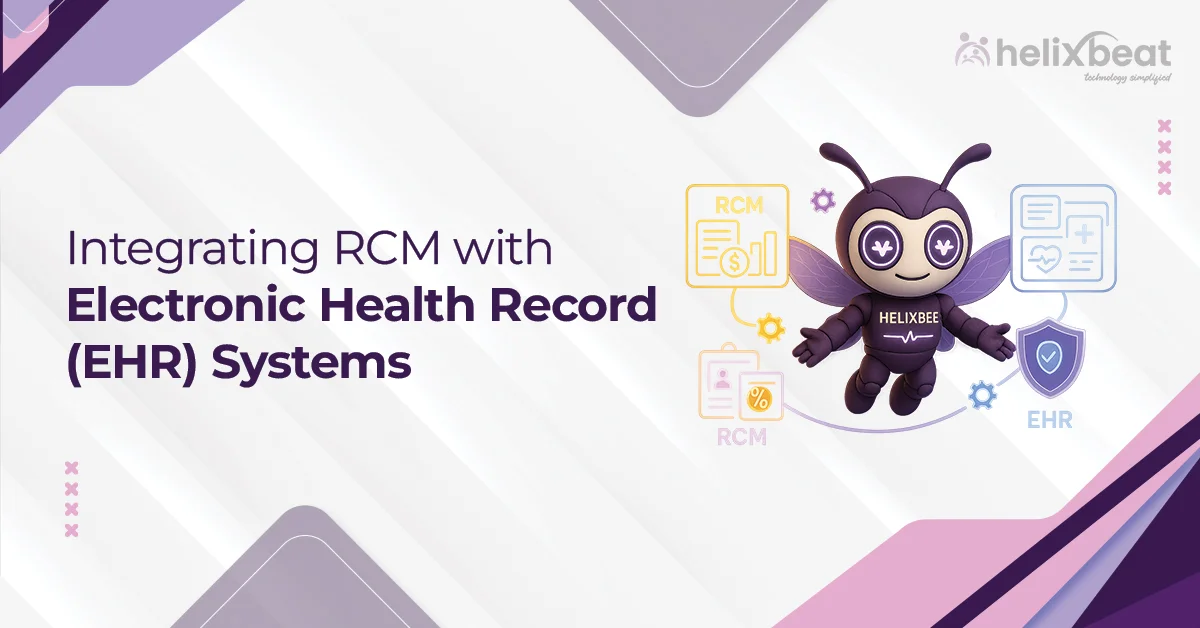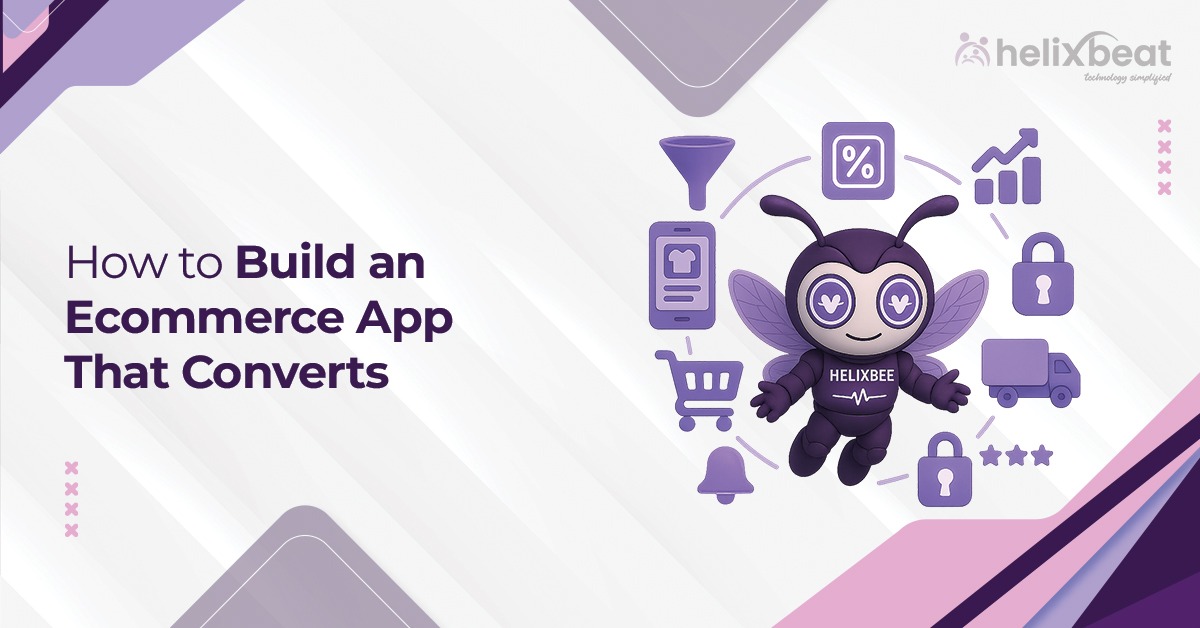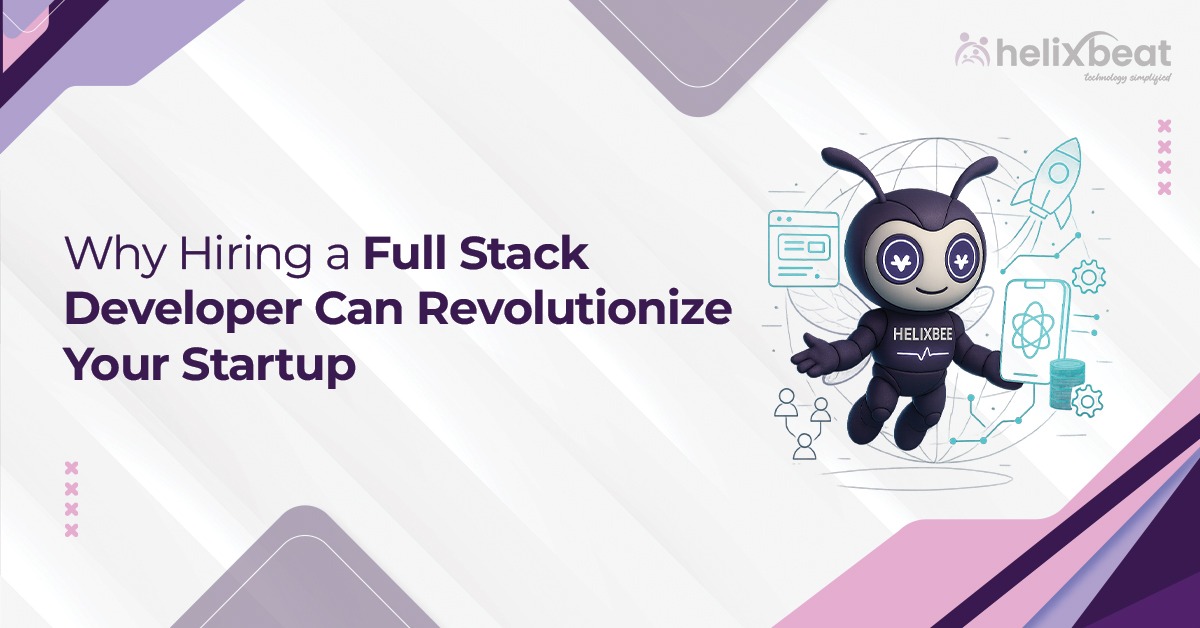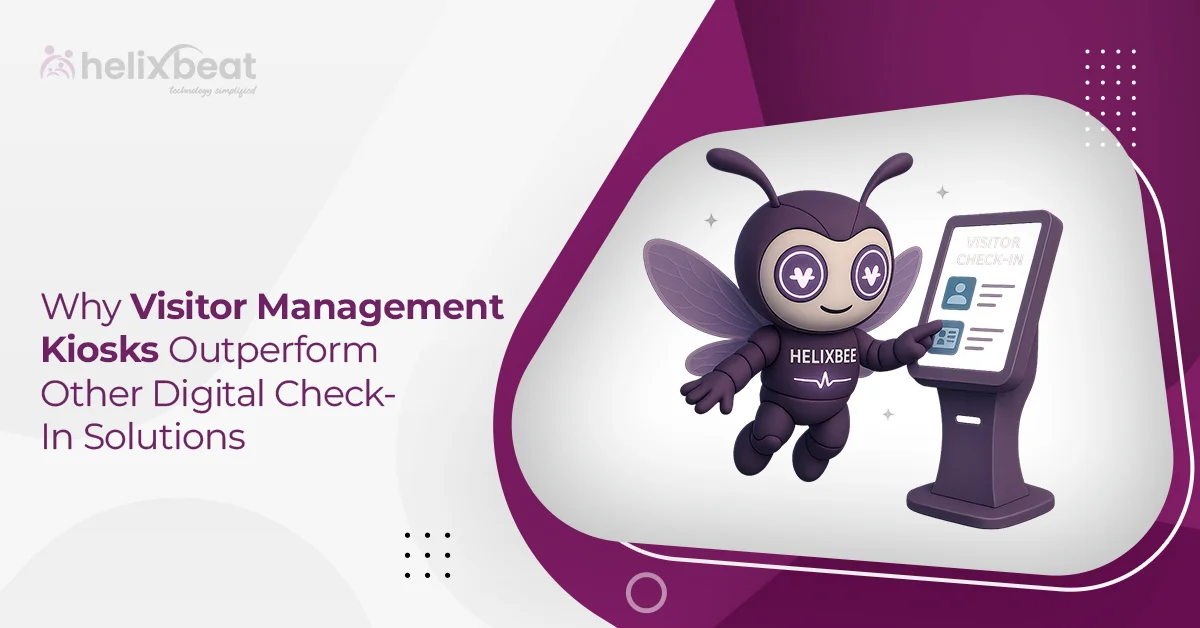Today, the ability to share healthcare data seamlessly isn’t just a convenience—it’s the backbone of patient-centric care. Imagine a world where every healthcare provider has instant access to the right information at the right time. This could completely change how treatments are delivered. While traditional data exchange systems have paved the way, they fail to address the intricacies of modern healthcare.
That’s where AERIS, an adaptive exchange interoperability solution, is set to redefine interoperability and bridge these gaps. But what makes AERIS stand out? Let’s discuss.
Table of Contents
Traditional Data Exchange Systems: Strengths and Limitations
Traditional data exchange systems have long been the backbone of healthcare interoperability. They rely on mechanisms like HL7 V2 messages, point-to-point integrations, and enterprise data warehouses to facilitate data sharing. While effective for their time, these systems often come with significant challenges:
1. Fragmented Data Silos
Traditional systems often operate within closed networks, which creates data silos. Imagine a hospital where different departments, such as radiology, oncology, and cardiology, use their own system for storing patient data. If these systems don’t communicate seamlessly, a cardiologist may lack access to a patient’s latest oncology records. This delay in accessing critical information can lead to delayed diagnoses or even incorrect treatments.
2. Scalability Issues
Healthcare data is growing at an unprecedented rate, driven by innovations like wearable devices, IoT-enabled health monitors, genomic data, etc. However, traditional systems often struggle to handle this surge in data because they were not designed to scale dynamically.
3. Lack of Real-Time Insights
Most traditional systems process data in batches rather than in real time. While batch processing was sufficient in the past, it falls short in critical scenarios where timely information is critical. For example, in an emergency room, a physician relying on a traditional system might wait hours to access lab results. However, real-time systems give physicians instant access to patient data, thus facilitating faster decision-making in critical situations.
4. Limited Standardization
While HL7 V2 has been the pillar of healthcare data exchange, its flexibility often results in varied implementations across organizations. These inconsistencies complicate interoperability and lead to data misinterpretation. For example, a patient transferring from one hospital to another might find their medical records unreadable by the new hospital’s system because of differences in HL7 implementation. This can disrupt care continuity and force the patient to repeat tests or provide information manually.
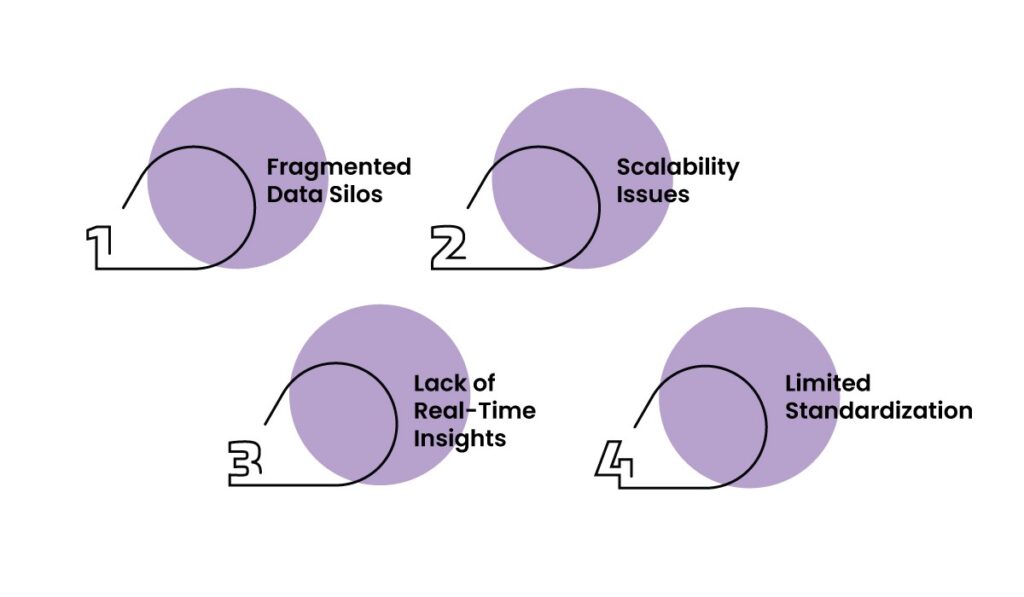
How AERIS Can Redefine Healthcare Interoperability
AERIS signifies a major advancement in transforming healthcare data management. Let’s see how:
1. FHIR-Based Data Standardization
By leveraging the FHIR framework, AERIS brings structure and consistency to healthcare data exchange. Unlike traditional systems prone to incompatibilities, AERIS eliminates data silos by facilitating streamlined exchange.
With preexisting data templates, users don’t need to start from scratch. They can simply select a relevant template, input the required information, and let AERIS handle the conversion automatically. This intuitive feature makes data standardization faster, more accessible, and incredibly efficient.
2. Real-Time Data Exchange
In healthcare, timing can make all the difference. AERIS allows information to move between systems in real-time. Whether it’s during an emergency or routine care, the ability to access up-to-the-minute data empowers healthcare providers to act with confidence, improving patient outcomes and operational efficiency.
3. Scalability and Flexibility
No two healthcare organizations are alike, and their interoperability needs can vary significantly. AERIS rises to the challenge with unmatched scalability and flexibility. Whether you’re dealing with a small clinic’s data or managing the requirements of a hospital network, AERIS adapts effortlessly to meet your needs. Moreover, its ability to integrate seamlessly with new systems ensures it stays future-ready.
4. Meeting Compliance with Confidence
AERIS employs advanced encryption standards like AES (Advanced Encryption Standard) and TLS (Transport Layer Security) to protect sensitive patient information during transmission. These encryption protocols guard against potential cyber threats, thus providing healthcare organizations with a reliable framework to exchange data securely. Also, role-based access minimizes the risk of unauthorized data breaches.
5. Cross-Domain Interoperability
AERIS is not limited to healthcare providers alone. Because of the FHIR-based framework, it supports seamless cross-domain interoperability. This capability allows diverse stakeholders—such as insurance companies, pharmacies, public health agencies, and even research institutions—to collaborate efficiently while maintaining data integrity and security.
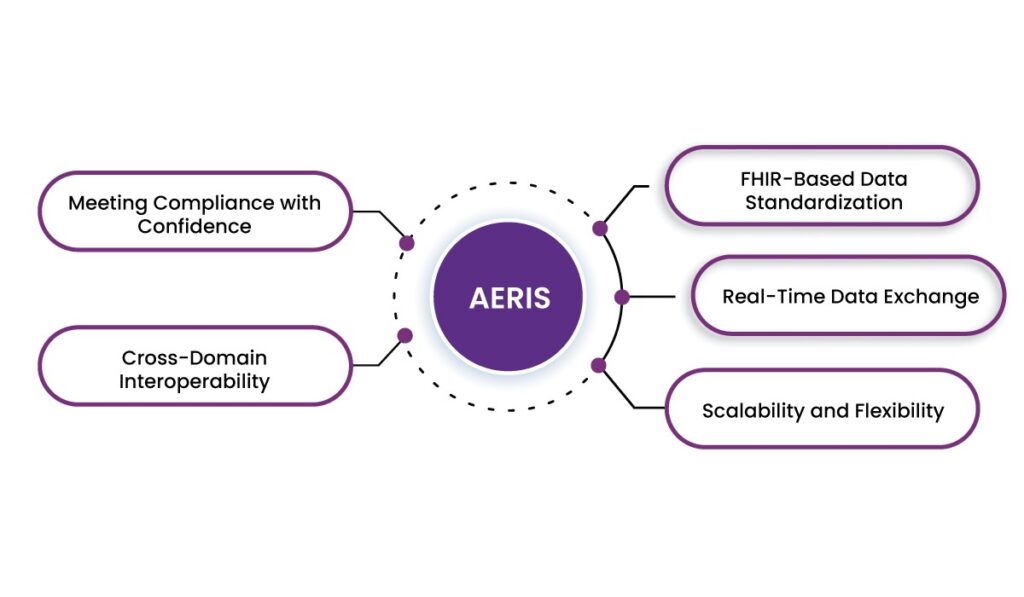
The Future of Interoperability with AERIS
As the healthcare industry continues to evolve, the need for robust and scalable interoperability solutions like AERIS will only grow. Here’s how AERIS is poised to shape the future:
1. Integration with Emerging Technologies
AERIS complements cutting-edge technologies, such as artificial intelligence (AI), machine learning (ML), and the Internet of Things (IoT). By integrating with AI and ML algorithms, AERIS enables healthcare systems to analyze vast datasets in real-time. This integration positions AERIS as a vital component in a truly data-driven and predictive healthcare ecosystem.
2. Global Compliance
AERIS aligns with international healthcare data standards, such as HL7 and FHIR, which can make it invaluable for boosting global healthcare partnerships. These standards facilitate interoperability across different systems and institutions, even when they are located in different countries. This adaptability makes it easier for multinational healthcare providers to operate cohesively.
3. Facilitating Research and Innovation
AERIS can play a crucial role in accelerating medical research and innovation by streamlining data analysis. Its ability to integrate and standardize large volumes of diverse healthcare data can help researchers identify trends, correlations, and insights that may not be apparent within isolated datasets. This collaborative ecosystem can drive breakthroughs in treatments, drug development, and healthcare technologies.
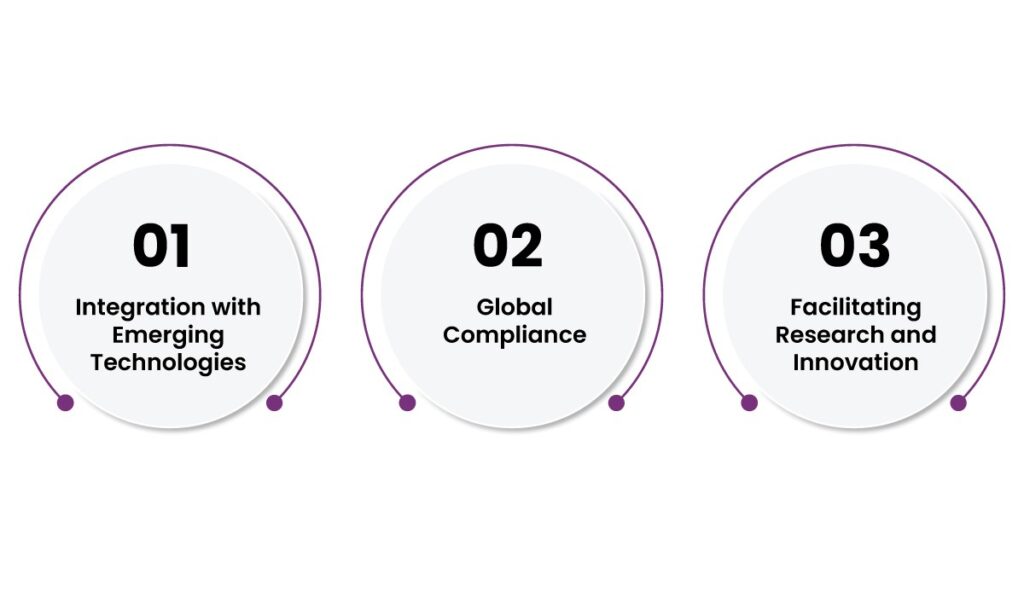
Final Words
By addressing the limitations of traditional data exchange systems, AERIS enables real-time data sharing, robust standardization, enhanced security, and cross-domain interoperability. It’s not just about making systems work together; it’s about empowering healthcare providers to deliver better, faster, and more patient-centric care.
As healthcare continues to evolve, integrating seamlessly with emerging technologies and aligning with global standards will become increasingly critical. AERIS is ready to meet these challenges while transforming interoperability from a hurdle into a competitive advantage for healthcare organizations. Contact Helixbeat today to learn more and get a free consultation!
FAQs
1. What is healthcare interoperability, and why is it important?
Healthcare interoperability refers to the ability of different healthcare systems and organizations to exchange, interpret, and use patient data seamlessly. It is crucial for improving care coordination, reducing errors, and enhancing patient outcomes.
2. How does AERIS differ from traditional data exchange systems?
AERIS uses advanced FHIR-based data standardization, real-time data exchange, and cross-domain interoperability, unlike traditional systems that rely on batch processing, limited scalability, and fragmented data silos.
3. Can AERIS support small clinics and large hospital networks?
Yes, AERIS is designed with scalability and flexibility to meet the needs of healthcare organizations of all sizes, from small clinics to big hospital networks.
4. How does AERIS enhance data security during transmission?
AERIS employs advanced encryption protocols like AES and TLS, as well as role-based access control, to protect sensitive patient information and minimize unauthorized access risks.
5. What is FHIR, and how does AERIS leverage it?
FHIR (Fast Healthcare Interoperability Resources) is a data standard designed to facilitate seamless healthcare data sharing. AERIS uses FHIR to eliminate compatibility issues and streamline data exchange
6. Can AERIS be used for cross-domain data sharing beyond healthcare providers?
Yes, AERIS supports cross-domain interoperability, allowing collaboration with stakeholders like insurance companies, pharmacies, public health agencies, and research institutions.



